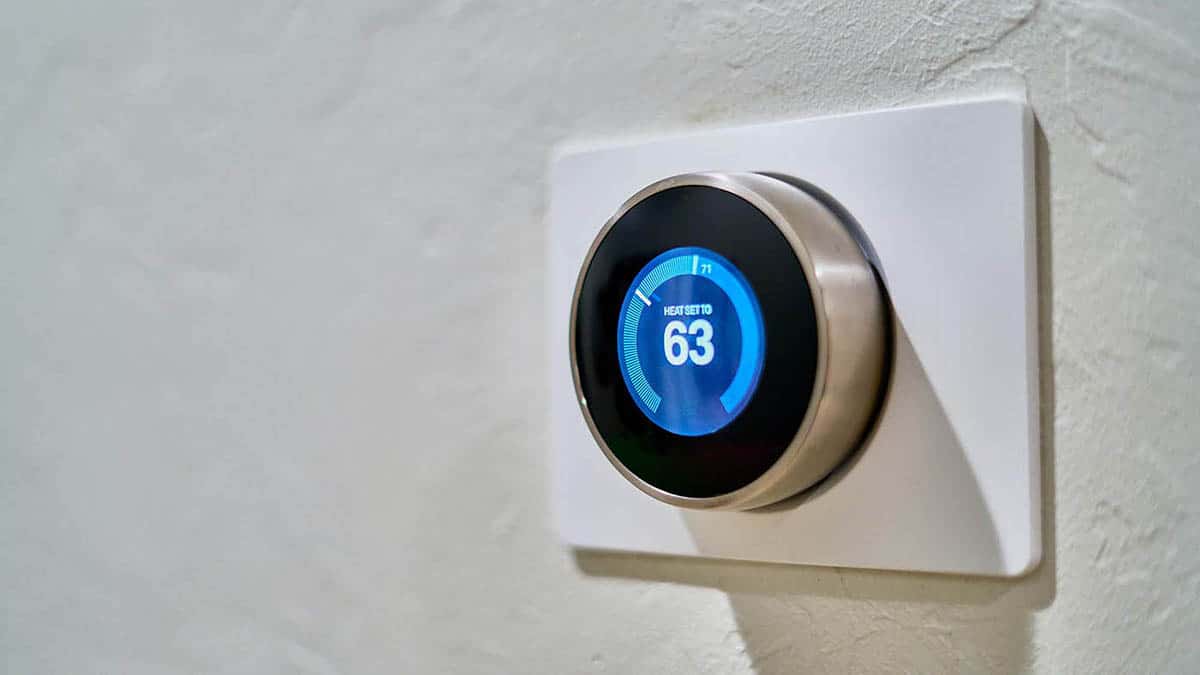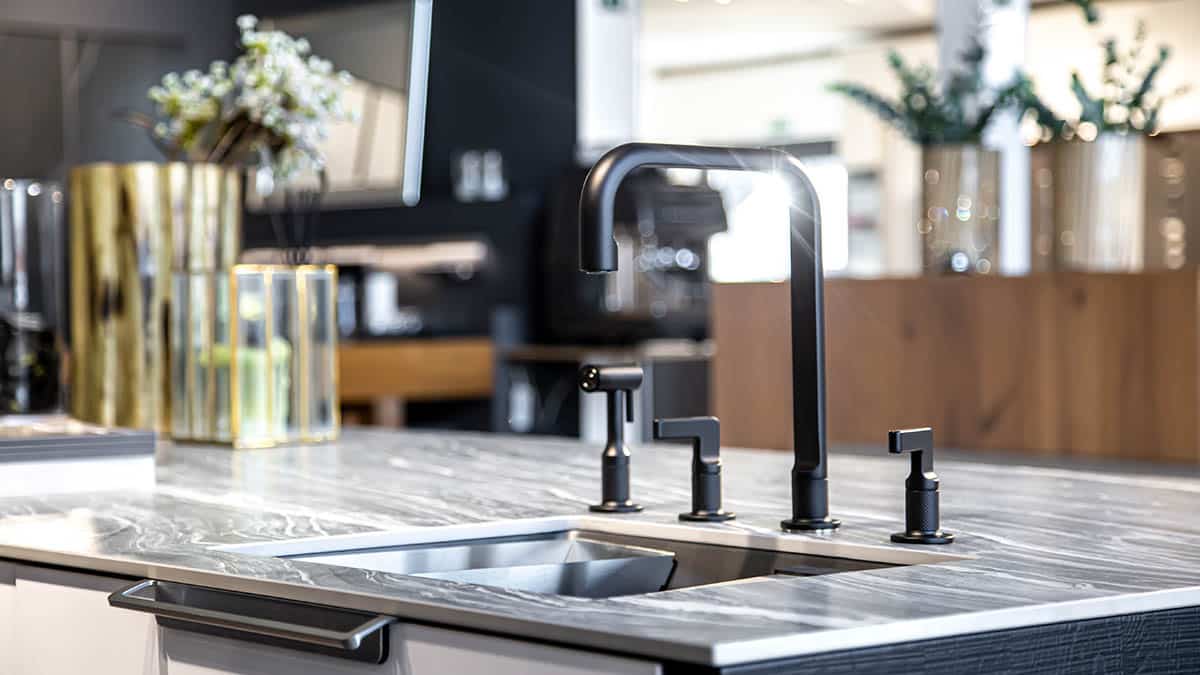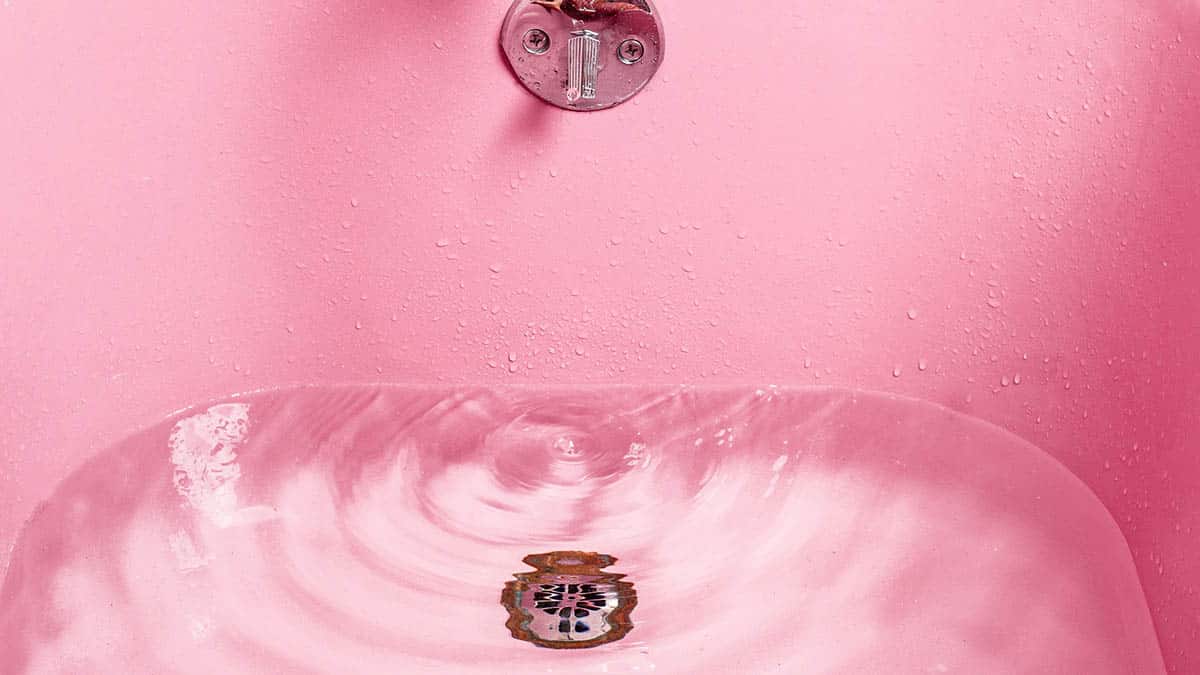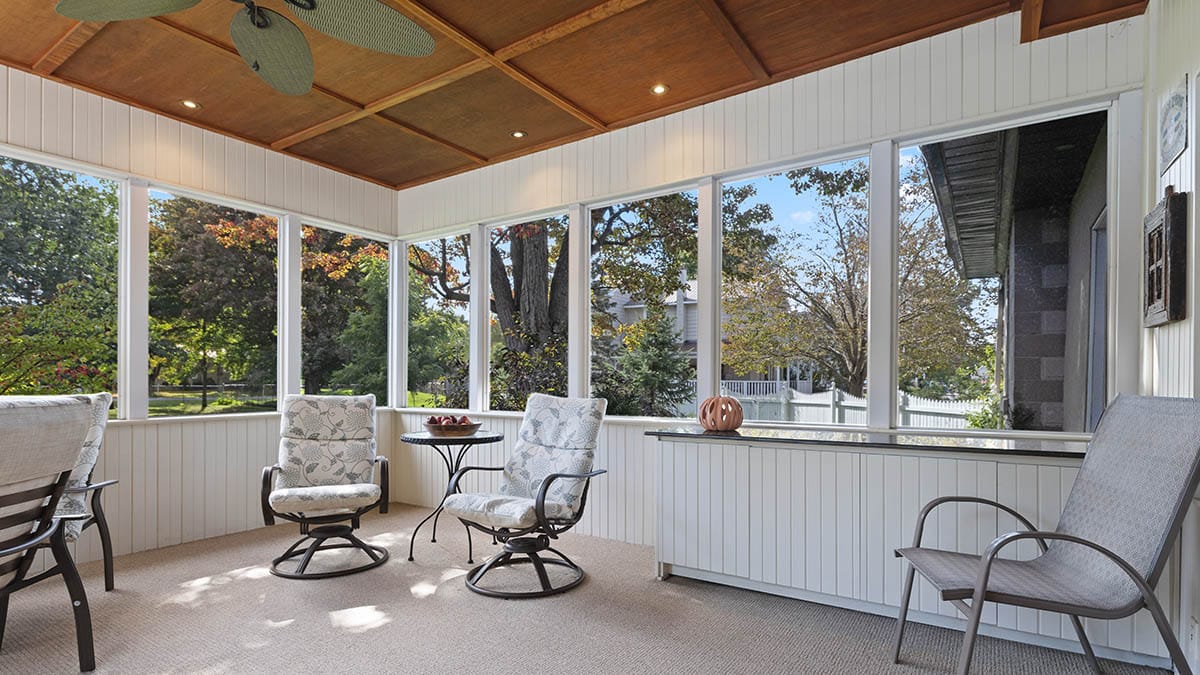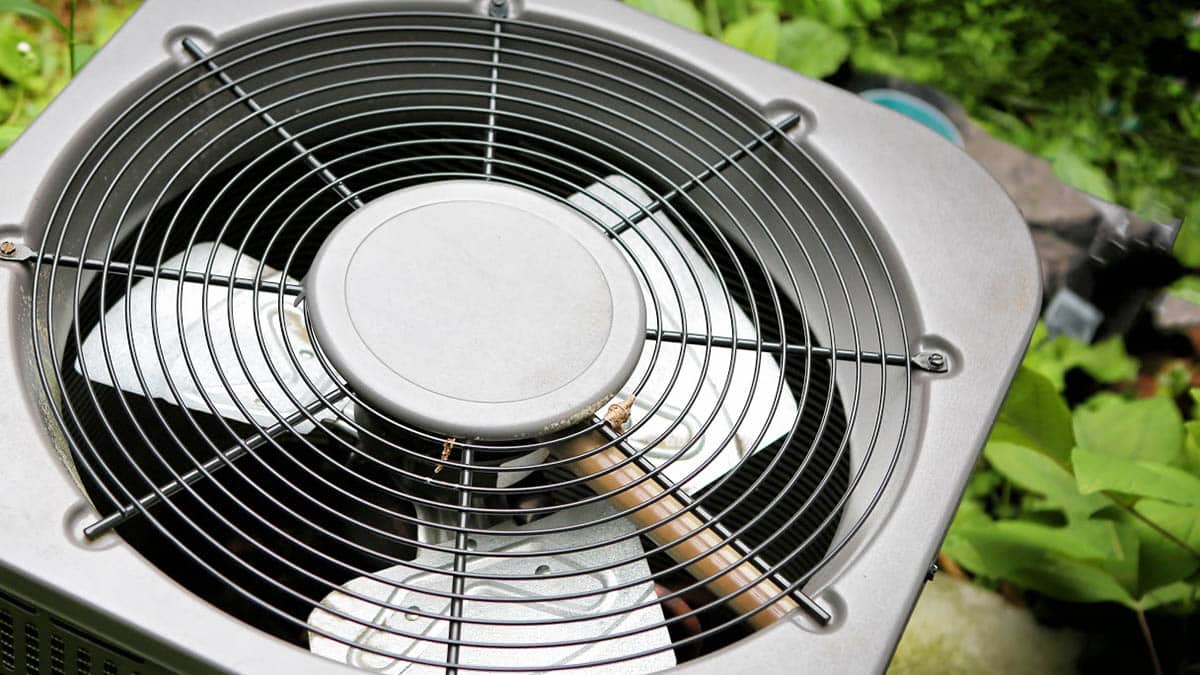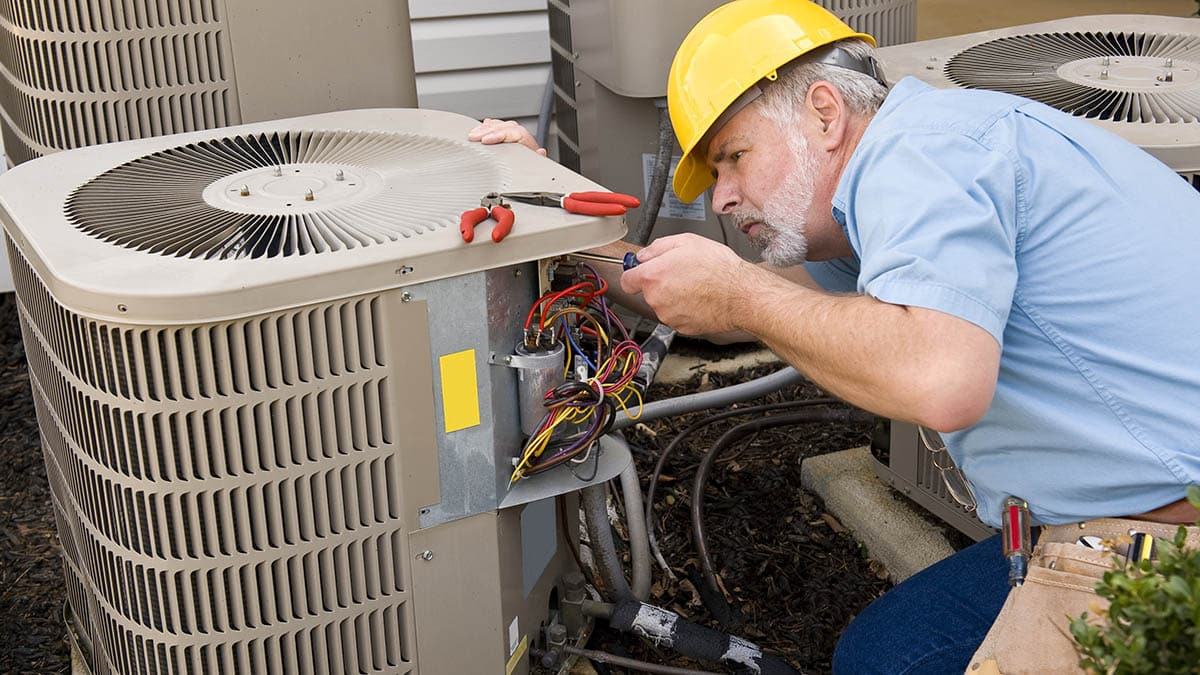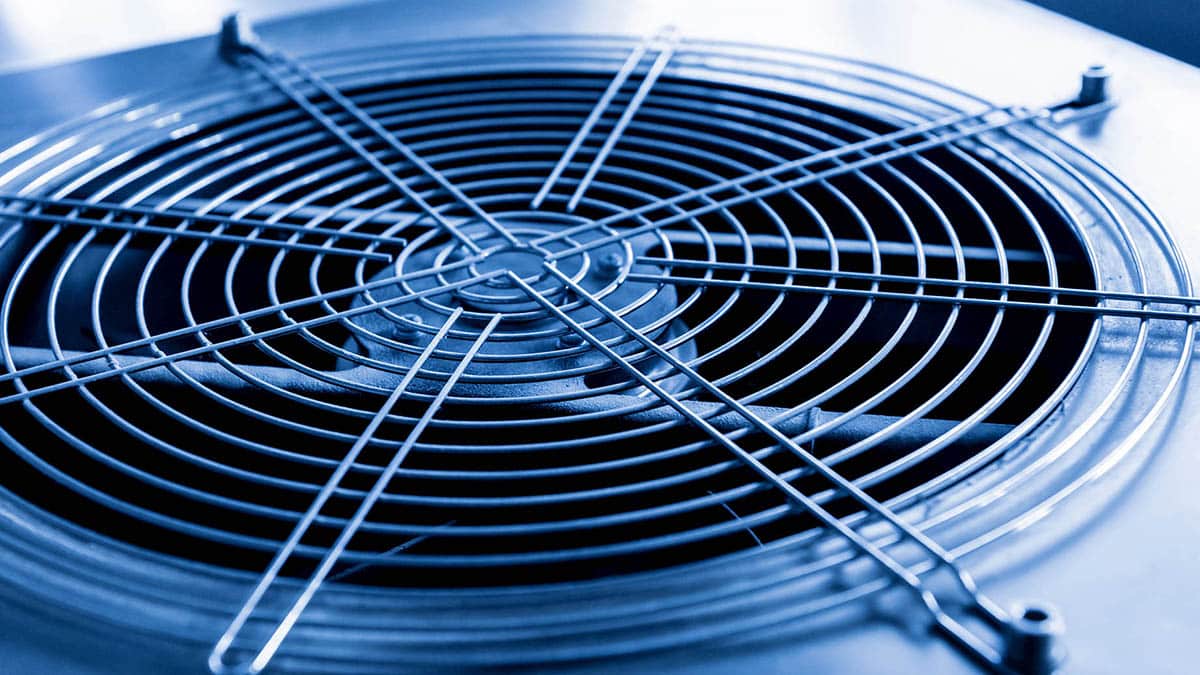- Home
- Blog
Upgrade Your Comfort with Helpful Tips from Our Blog
Looking for other ways to improve your sense of comfort at home? We’re always sharing industry news and insider tips on our Blog. Check out our newest updates today!
Back in 1883, Warren Johnson invented an electrical thermostat to control the indoor temperatures during the winter. The only problem was, it simply signaled janitors to produce more heat for himself. A few years later, Albert Butz created […]
If you’re not devoted to routine RO maintenance, on-demand water filtration can become an over-costly investment that’s downright unhealthy. What would you say if you found out your purified water wasn’t much better than the tap? What would […]
The water is extremely hard in Phoenix, Arizona – and everyone here knows it. But many residents choose to do nothing about it because they aren’t aware of the effects it has. Skin, hair, appliances, plumbing systems and even landscape […]
In the Valley of the Sun, water hardness is a real concern. Aside from drying out skin and hair, it leaves deposits all over exterior walls, showers, dishes and even within plumbing systems. Since many Phoenicians invest a lot of […]
Living in Arizona during the summer can be somewhat of a luxury when you consider the perks of dry heat. Humid environments feel significantly hotter and are much harder to cool off in because the air can’t absorb any more water. Outside […]
A property with an abundance of natural light is usually pretty warm and welcoming. But during the summer months in Phoenix, an excess of sunshine can hinder cooling efficiency. Unless you have quality dual-pane windows, proper seals and […]
Underperforming cooling systems are definitely aggravating in Phoenix, Arizona. But when residents aren’t educated in the benefits of efficiency, they’re often deterred by the idea of repairing or replacing their system. It’s easier for many to endure discomfort, uncertain reliability and […]
Every year, thousands of people from across the country move to Phoenix, Arizona. While there are plenty of reasons why, the predictable climate is usually the most appealing. At the same time, many underestimate the heat of the […]
In Phoenix, recreational vehicles (RVs) are wildly popular. Tourists, seasonal snow birds and permanent desert dwellers all enjoy the advantages of a home-on-wheels in the Valley of the Sun. But if you’re going to be traveling in Arizona, you […]
Now that the slow rise of Phoenix temperatures have begun, many of us are preparing to stay cool over the next few months. Whether you plan on sporting a new summer wardrobe, testing out a new pool or turning up […]
